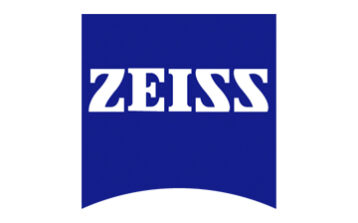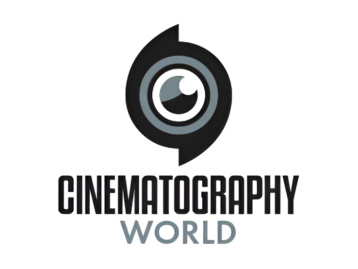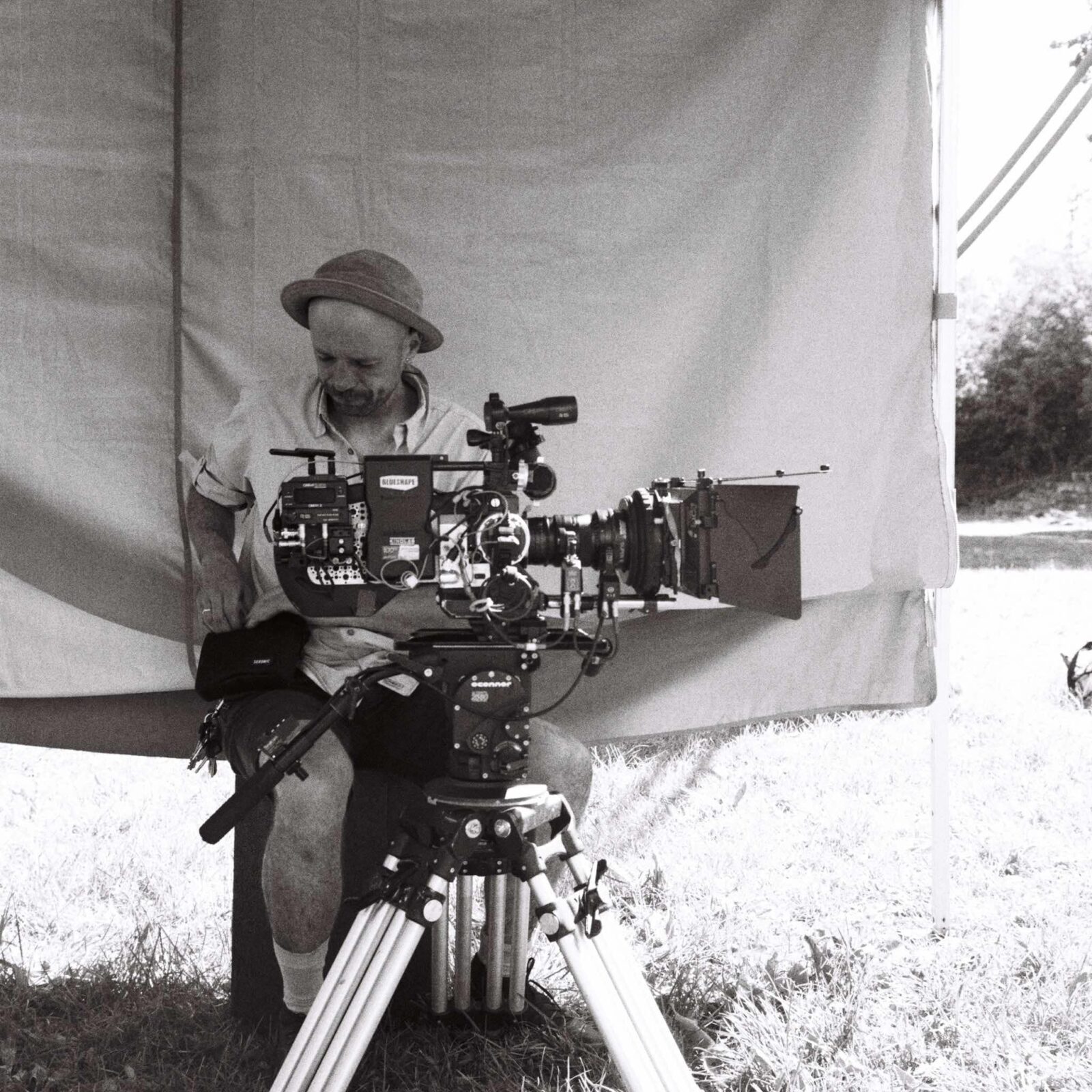
Lithuanian cinematographer Narvydas Naujalis, LAC has carved a unique path in the world of filmmaking, blending intuition, dedication, and a deep passion for storytelling. His journey, marked by unconventional beginnings and a relentless pursuit of artistry, offers a fascinating insight into the making of a modern-day cinematographer.
Born into a family of ordinary workers in a small Lithuanian town, Naujalis didn’t grow up surrounded by cinema. Instead, his fascination with the medium grew during his school years. “I was good at math and other things, but cinema always interested me,” he recalls. It was a stroke of serendipity that led him to the Lithuanian Academy of Music and Theatre, where he initially intended to study directing.
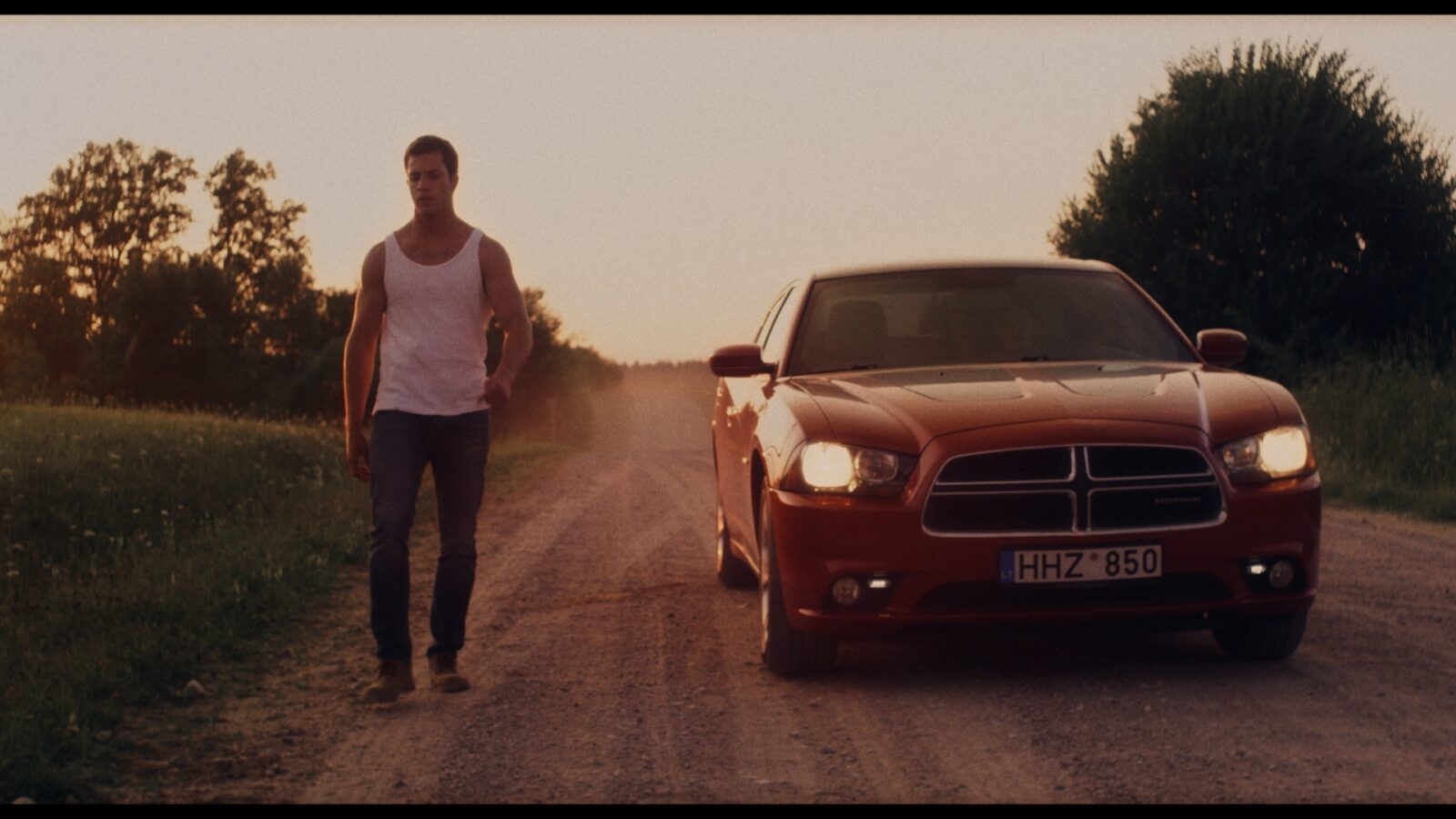
However, the timing wasn’t right for directors that year. Instead, he discovered cinematography—a discipline he knew little about. After attending a pre-entrance consultation, he learned that photography skills were essential. With limited resources, he purchased a film camera—not out of preference, but because it was affordable. This decision, driven by necessity, became the foundation of his visual storytelling.
For six months, Naujalis and a friend immersed themselves in photography, preparing rigorously for the entrance exams. It was an intuitive, almost accidental entry into cinematography, but one that would shape his artistic identity.
The unique structure of his school’s curriculum emphasized collaboration across disciplines, allowing students to work closely with directors, producers, and sound designers. This environment provided Naujalis with invaluable experience.
Upon graduating, he continued collaborating with fellow students on no-budget and low-budget projects. “Constantly working on these films gave me a base to show others what I was capable of,” he explains. This foundation, combined with Lithuania’s growing demand for young cinematographers in commercials, helped him establish a reputation.
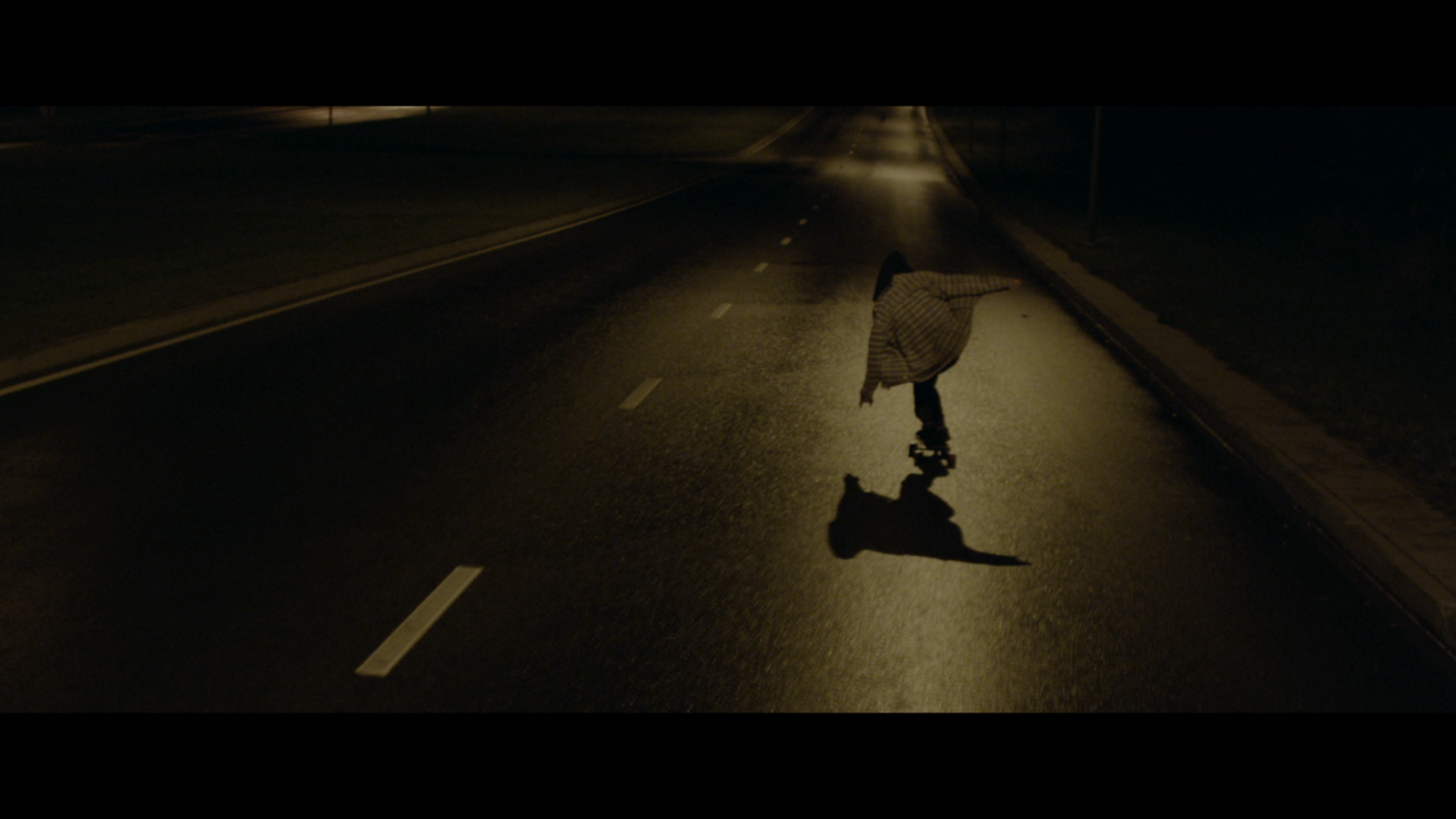
Short films and music videos became critical stepping stones. His collaboration with a musician friend allowed him to experiment with artistic freedom, producing bold and unconventional music videos. These works resonated within the cinematic community, earning him recognition and further opportunities.
Naujalis approaches cinematography as a deeply collaborative and adaptive craft. “I try to believe that I don’t have a certain style. Instead, I adapt to each story and each director’s vision,” he says. Understanding a director’s vocabulary—both literal and visual—is essential to his process.
He likens his approach to jazz, balancing meticulous preparation with the freedom to improvise on set. “I like to prepare a lot, but I always leave room for improvisation,” he explains. This philosophy extends to his preference for handheld shots, which he describes as a way to “participate in the scene as an actor.”
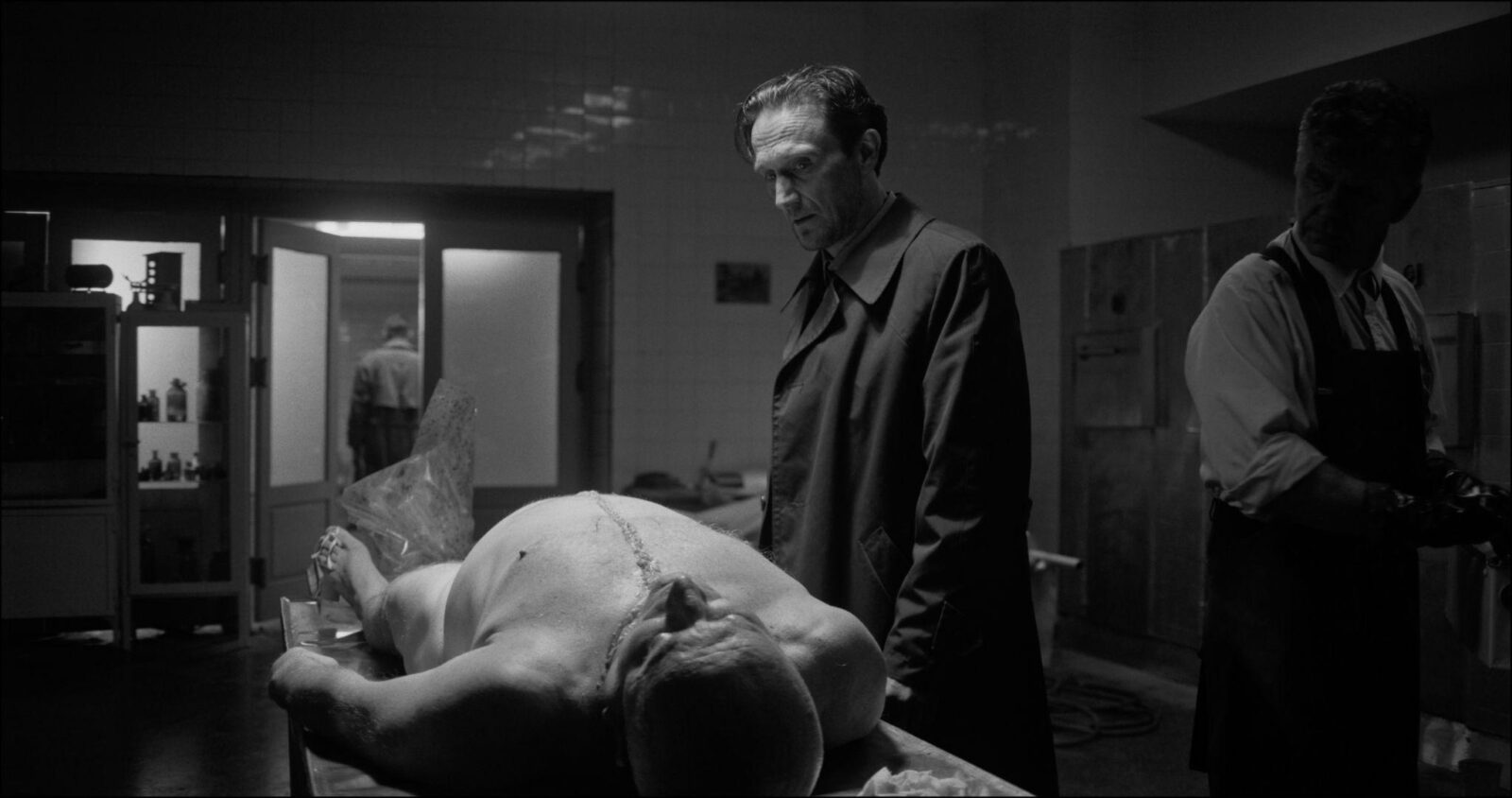
His early fascination with lighting has evolved into a passion for camera movement. Whether capturing the subtleties of natural light or finding the perfect angle during a handheld sequence, Naujalis sees each shot as a way to immerse the audience.
Naujalis credits much of his growth to Lithuania’s collaborative cinematic community. From the first year of his studies, he experienced a strong sense of camaraderie among students and professionals. This openness extended to sharing equipment, techniques, and ideas—a culture he believes is unique to Lithuania.
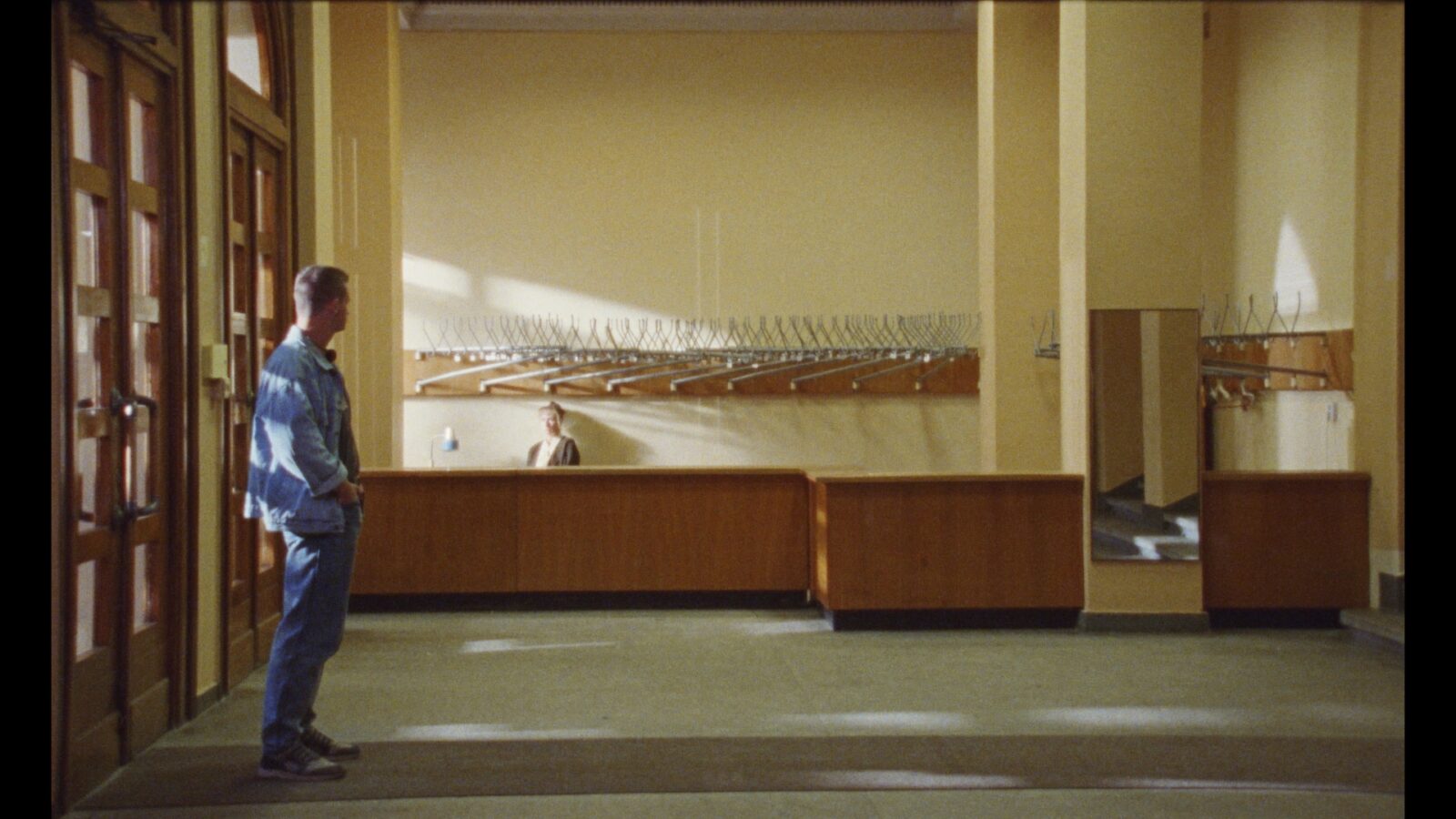
One of Naujalis’s standout works, The Southern Chronicles, exemplifies his philosophy of blending realism and artistry. Based on a book documenting life in the 1990s, the film adopts a raw, documentary-inspired style. By using limited equipment, VHS cameras, and natural lighting, Naujalis and the director sought to recreate the aesthetic and mood of the era.
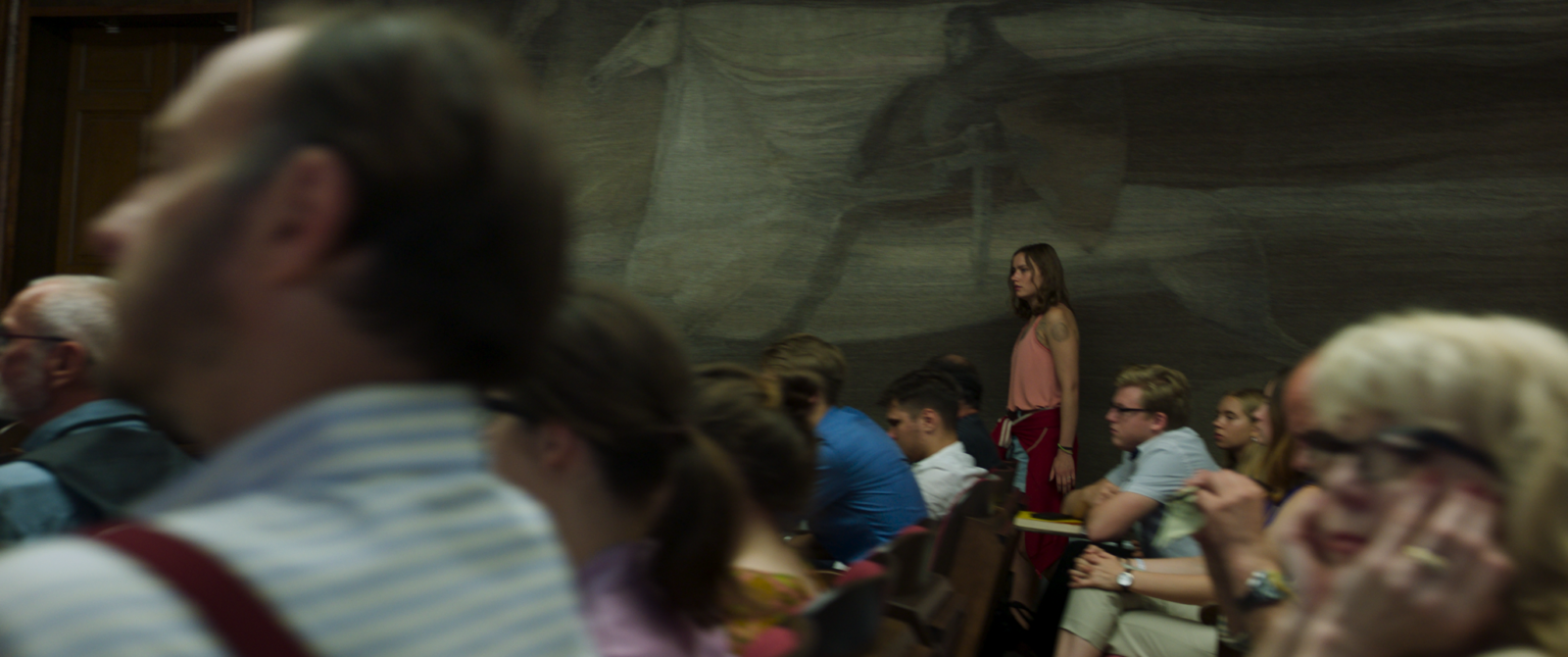
“We wanted it to feel like it was made by passionate film students in the ’90s, using whatever equipment was available,” he explains. This approach, influenced by films like Danny Boyle’s Trainspotting and Haskell Wexler’s Medium Cool, underscored the film’s authenticity and emotional depth.
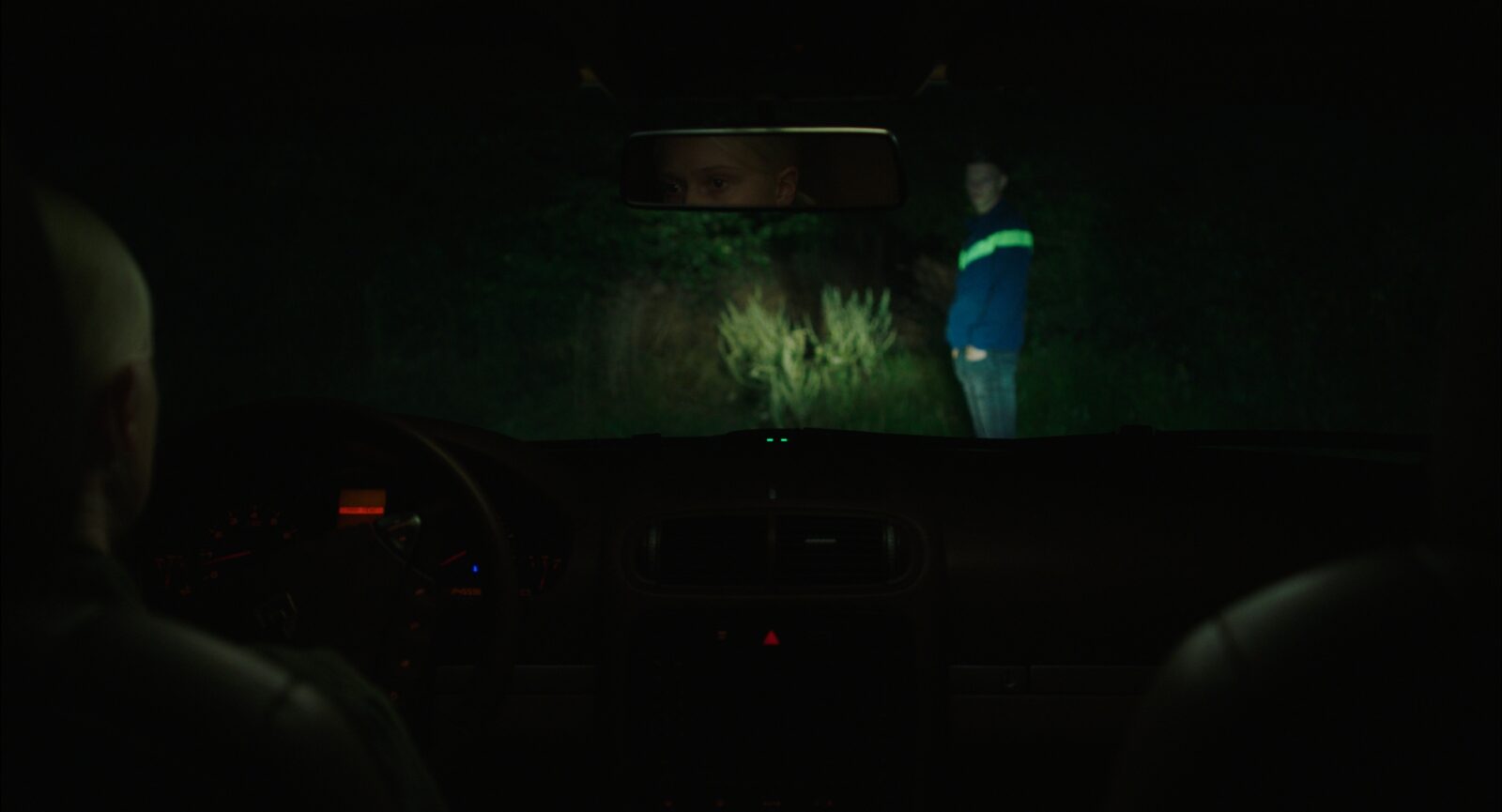
Currently preparing for a feature film about a couple navigating divorce during the early days of the war in Ukraine, Naujalis continues to push his boundaries. His focus on color and its emotional resonance reflects his ongoing evolution as a cinematographer.
For Naujalis, cinematography is more than a profession—it’s a passion and a lifelong learning process. “It’s about telling stories as best as you can, using your experiences to connect with the audience,” he says. Despite his accomplishments, he considers himself a young cinematographer, eager to grow and explore new narratives.
As he looks to the future, one thing remains clear: Narvydas Naujalis’s dedication to his craft and his willingness to adapt and innovate will keep him at the forefront of cinematic storytelling.









